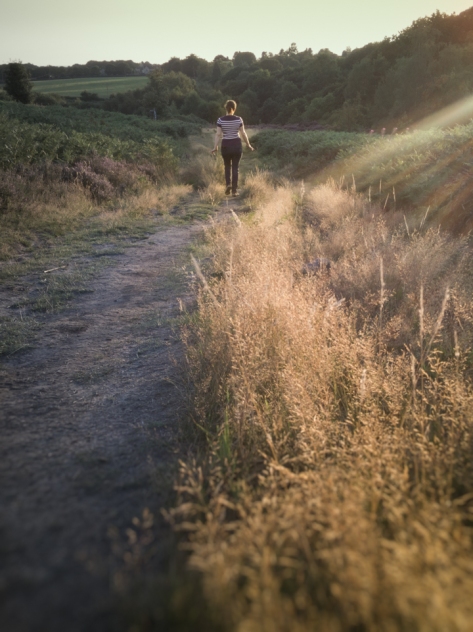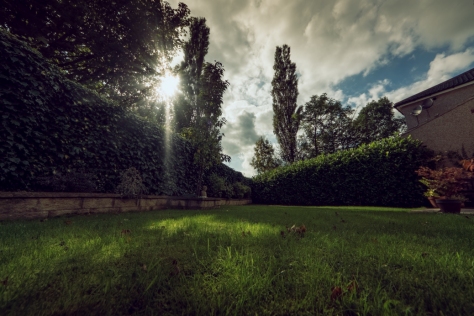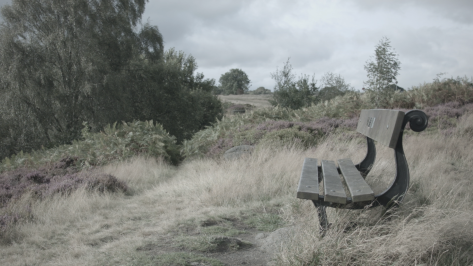
OnePlus One (saved as .dng via CameraFV-5), Post production; Lightroom, Bokeh 2.

OnePlus One (saved as .dng via CameraFV-5), Post production; Lightroom, Bokeh 2.
Meet my new camera; the OnePlus 1 cell phone with a 37mm clip that allows a polariser or variable ND filter. These two filters prevent the two big issues with mobile phone cameras (clipped highlights due to low dynamic range, loss of contrast when pointed at bright scenes).
Images saved as .dng. Post processing: Tiffen Dfx 4, but only to emulate ND Grad filters, which I didn’t have on the day.

Everything looks epic when shot superwide with a varicolor. As an example, here’s my boring back garden…
See also this post on how to use a varicolor.
During the summer, Black Magic reduced the price of their Black Magic Pocket Cinema Camera (BMPCC) by half price.
This was a limited offer, so I ordered straight away. Remorse started sinking in when I read the reviews whilst waiting for delivery: it’s a difficult camera to work with (it is, but it’s also very rewarding), there’s a massive x2.88 crop (there is, but focal reducers are now very cheap and decent), and worst of all, it’s very difficult to grade the video.

Well, there’s fixes for the first two, and for the third, that’s a blatant lie: grading log footage is not difficult as long as you get your white balance right before you do any other grading or color correction. This point is crucial.
Assuming good white balance, all you have to do is push the saturation, add a LUT (look up table) or even just use an auto-color correction to get you in the right ballpark.
Anyway, shown above is my very first attempt with the BMPCC. Notice the sky and ground are well exposed in every shot. That’s the power of a high dynamic range plus a good codec (CameraDNG or ProRes).
There are loads of tutorials and reviews on adapting Canon or Nikon lenses to the BMPCC, but I could find nothing for Sony Alpha. Well, that’s about to change. Watch this space!